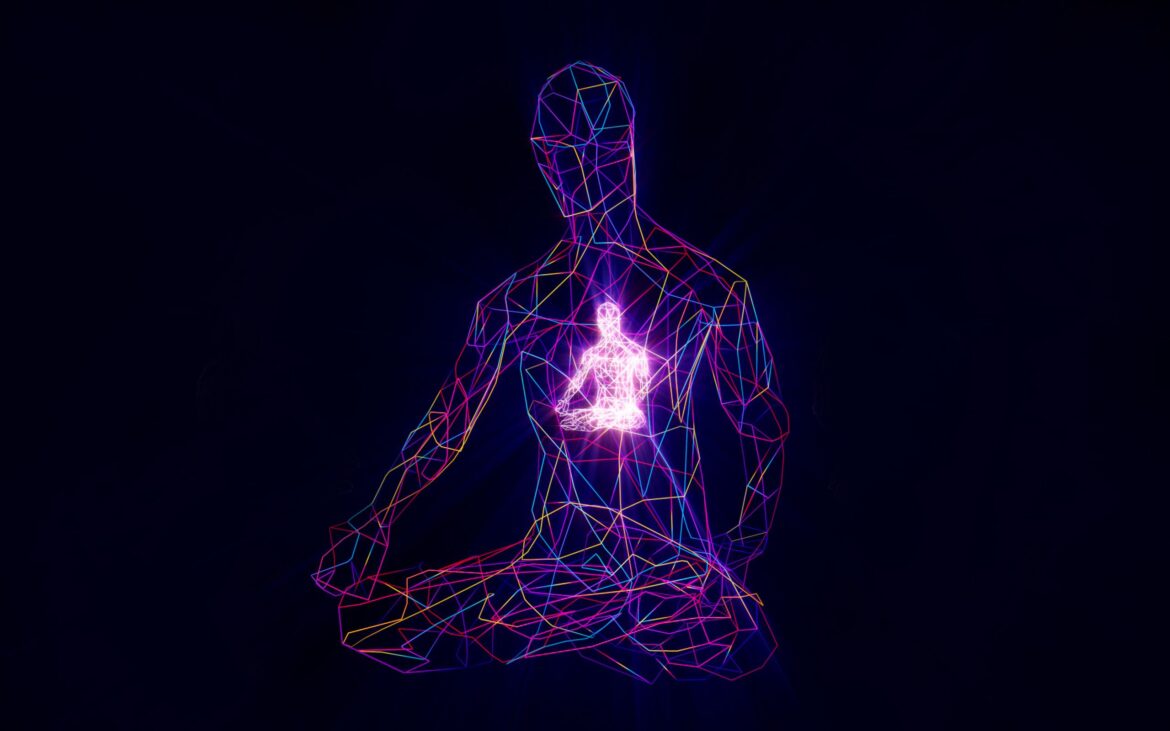Our summer issue is out now. Regular contributor and trauma-Aware therapist Sandy Newbigging invites us to revisit life’s big question – Who am I? – through the lens of our inherent wholeness. Keep reading to enjoy the full piece!
Who Am I? Exploring The Most Important Relationship
Recognising Our Wholeness
by Sandy C. Newbigging
Wanting to ‘know thyself’ and find the answer to life’s big question – Who am I? – appears to be part of being human. Knowing thyself is key to finding real peace, confidence and contentment, healing on all levels, and doing what you came here to do; your life purpose. If these weren’t a good enough incentive to seek out yourself, it appears that for the best relationships with others, we need to have a good and true relationship with ourself first.
The first step in finding yourself is using the ‘right tool’. As a simple guide, coaching techniques are best used for answering the question: ‘How can I?’ (How can I make more money, meet someone or whatever). Coaching is for doing things to move us from ‘a’ to ‘b’ and is, therefore, not the best tool for knowing thyself. Why not? There is no distance between you and you, and therefore, ultimately, nothing to ‘do’ to ‘be you’.
Therapy techniques, on the other hand, are great for answering the question: Why am I? For example, why am I anxious, sick or stressed? By exploring and healing our unresolved past traumas, our unhealthy beliefs and unhelpful perceptions etc., we can discover and resolve the root causes of ‘why’ we’ve developed certain problems.
However, despite the many benefits of therapy, I’m yet to meet anyone who’s successfully ‘found themself by fixing themself’. Mainly because to know thyself, we don’t need to ‘put ourself back together’ but instead transcend the illusion of brokenness. In other words, we need to return to the true meaning of healing.
The root of the word ‘heal’ comes from the old-English term ‘haelen’ – which means ‘wholeness’ (with the word ‘healing’ translating as the ‘restoration of wholeness’). When I learnt about this original meaning of healing, it changed my perspective of what was really required ‘to heal’ and transformed my relationship with myself.
I naturally stopped focusing so much on ‘fixing myself’ – when trying to find myself. I also stopped trying to find myself in the individual parts of myself – namely, my thoughts (including the voice in my head), along with my emotions, body or life circumstances. Although these were all aspects of ‘me’ – shaping my personality and life experiences – it became obvious that none of these ‘parts’ could ever encapsulate the totality of ‘me’. Furthermore, as long as I identified with these ‘fragments’ of myself, wholeness would forever remain out of reach, and I would never fully know who I am.
Let me explain this with an analogy. A cake is made up of different parts – including sponge, icing, etc. and when you slice it into different pieces, you inevitably get a few crumbs in the process. In the same way, you are a ‘unified self’ (i.e., cake), which is made up of different ‘ingredients’ – including a physical body, an array of mental thoughts (memories, imagination, self-talk, etc.), emotions, etc. In the process of dividing ourself into parts, we inevitably get crumbs, and if we then define ourself as these ‘broken bits’, we inevitably lose our wholeness.
You are not the crumbs that you may believe yourself to be! With this recognition, you can finally find the unified Self (the ‘complete cake’) in which all of the ‘bits of you’ are residing within. This is the purpose of spiritual techniques, such as meditation. Instead of trying to get from ‘here to there’ or ‘fix’ your apparent brokenness, meditation can aid the ‘restoration of wholeness’ – by revealing the whole You.
You can start to discover this for yourself by shifting your focus when meditating. I invite you to be less interested in what is being presented to you (your thoughts, emotions, etc.) and instead be far more interested in what all these ‘pieces of you’ are being presented to. Stop defining yourself by what you are aware of, and instead, what everything you are aware of is happening within. Consider this: What is the ’contextual cake’ within which all the crumbs appear to exist? With this simple shift, you can discover a new definition of ‘self’ and, in doing so, truly heal and know thyself.
To heal and know yourself, join Sandy for his next Soul Calm course – soulcalm.com


